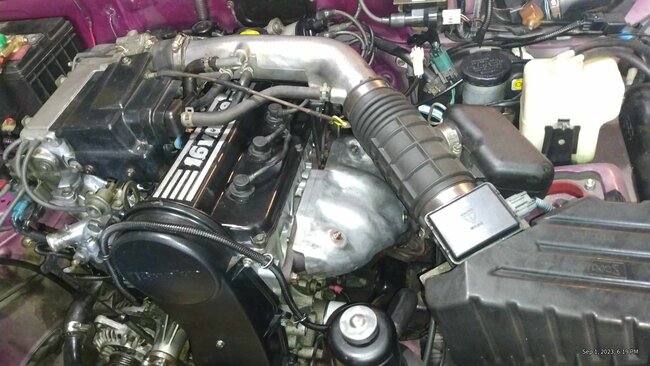Hello,
I'm going to need a little more info on what you have done to try and remedy your emission issues.
Emissions, especially on OBD1 cars, can be tricky to nail down. With the age and mileage of your engine, have you verified the engine itself is in good condition?
I would perform a compression test, as well as a cylinder leak down test to see how the general health of the engine is doing. Tools for this can be found very reasonably at Harbor Freight, Amazon, etc.
Leak down test especially will let you know how blowby, valves, etc, are doing.
Worn valve guide seals letting excessive oil into the combustion chamber could even cause an emission failure.
High HC is indication of incomplete combustion (rich fueling).
NOx is a product of high combustion temperatures (check timing advance).
How is the O2 sensor doing? Is it responding quickly and showing a change from rich to lean quickly?
Before getting too deep in the woods, please provide further info on what you have done thus far, and results of any diagnostics you have performed.
Thanks,
Jason
Tuesday, October 3rd, 2023 AT 8:11 PM





